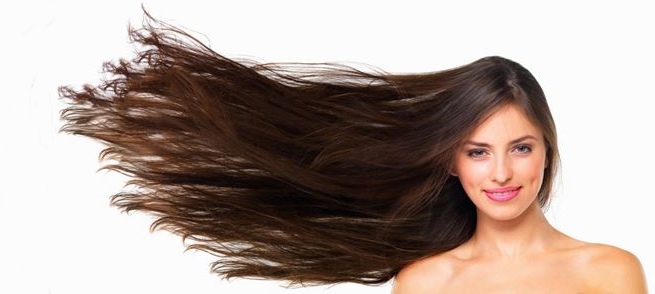I know. You’ve been washing your hair all your life and never felt the need to go into the whys and wherefores of it.
But what if you’ve been doing it wrong the whole time? Surely, that dreadful thought is enough to make you stop and read the post before you, long as it is!
So, without further ado, here is my hair washing manual, compiled specifically for you (especially if you happen to have long hair).
Before the wash:
- Brush your hair to remove dust and other particles.
- Adjust the water to just a notch above lukewarm and stand under the shower until your hair is thoroughly wet, which usually takes longer than you think.

Shampooing:
- Apply the shampoo onto your scalp and massage it gently with your finger tips (not your nails). There is no need to use the shampoo on the ends. During rinsing, the product will run down your hair and cleanse the ends without over drying them.
- If the usual amount of shampoo (as little as possible!) produces a rich lather the first time round, there is no need to shampoo the second time. One-shampoo regimen is usually sufficient for people who wash their hair several times a week.
- Keep the lather on your hair for no longer than about 30 seconds.

Intermezzo:
- Rinse out the shampoo with warm water. Spend at least two times more on rinsing than you did on lathering.
- Turn off the water, gently squeeze your hair to get rid of excess water and pat it with a towel. Do not rub!

Conditioning:
- With the shower still turned off (in summer) or directed away from your hair (in winter), put on the conditioner. If your hair is long, you will need lots of conditioner! Apply it copiously on the ends and work your way up in smooth downward motions. If your hair is oily, fine or limp, apply the conditioner two-three centimetres away from the roots.
- Now patiently “comb” through your tresses with your fingers. Start from the bottom five or ten centimetres and work your way up and all around until there are no knots left (you may want to keep a toothpick handy for stubborn little knots). This action makes your hair more manageable and spreads the conditioner evenly. It also enables you to collect all the loose strands in one tidy ball to be disposed of safely (as opposed to clogging your drain).
- Secure your hair on top of your head and devote the next three or so minutes to the other segments of your shower ritual, taking care not to get the water onto your hair.
- When the three minutes are up, rinse out the conditioner with warm water and finish off with a blast of cold water to seal in the moisture and make your hair less prone to frizz.

After the wash:
- Gently squeeze out excess water and either pat your hair with a towel and let it fall freely, or wrap a towel around your head. In either case, rubbing is strictly prohibited! Some hair experts frown upon towel-wrapping, because the weight of the towel pulls on the roots and causes breakage. If you must wrap, use a microfibre towel or a T-shirt, they say, and don’t keep them on for too long. If using a (microfibre) towel, do it properly: make about five centimetres deep fold, position the fold on the nape of your neck facing outwards, and tuck the top of the loosely wrapped towel into the fold.
- Let your hair air-dry for five or ten minutes before combing it. If your hair is long, bend in the waist, flip your hair over your head and comb it with a wide-tooth comb, working the ends first and gradually moving up, until the comb goes smoothly from the roots to the tips. Be very gentle, because your hair is at its weakest when it is wet.
- Style your hair the usual way.

Extra tips:
- Don’t shampoo your hair more than two or three times a week. Long, thick and curly hair can be shampooed once a week.
- If you get sweaty in a gym or go swimming in a pool in-between hair washing days, just rinse your hair with tepid water, without applying the shampoo.
- Buy shampoo and conditioner that match your hair type and change to a different product line from time to time.
Once or twice a month, use a clarifying shampoo to remove impurities and product build up. If you colour your hair, do note that a clarifying shampoo will remove some of the dye too.
Enjoy your lovely tresses, secure in the knowledge that you are washing them the proper way!









